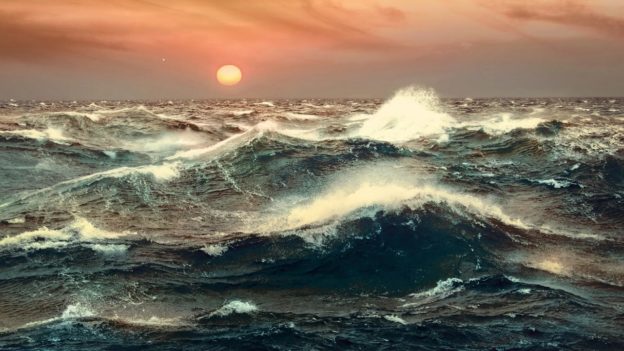
Remember in the movie “Interstellar Effect”, the protagonist group landed on an exoplanet with waves as high as skyscrapers? After analyzing data from NASA’s Transiting Exoplanet Survey Satellite (TESS), a team from the University of Montreal in Canada found that there is such a water world that may be completely covered by oceans 100 light-years away from Earth.
This super-earth named TOI-1452 b orbits the red dwarf star TOI-1452 (the star forms a binary system with another star), with a volume of about 70% and a mass of about 5 times that of the earth. The density analysis results The planet is shown to have very deep oceans, but it could also be a rock with almost no atmosphere, or a rocky planet with hydrogen and helium.
Although 70% of the earth’s surface is water, it looks like a beautiful blue ocean planet from space, but in fact water only accounts for less than 1% of the earth’s mass; in contrast, if TOI-1452 b is subsequently proved to be an ocean world, then Water on the planet could be up to 30% of the total mass.
If you have seen the movie “Interstellar Effect”, the first planet “Miller Star” to land after the protagonist group passes through the wormhole has only a vast ocean on the surface and often sets off huge waves, which is likely to be the appearance of TOI-1452 b.
TOI-1452 b is very suitable for further investigation by the Webb Space Telescope. Its parent star is relatively bright, which should allow the Webb telescope to capture the spectrum that penetrates the planet’s atmosphere and can be observed at any time of the year. The team said that it will find opportunities to arrange time, Ask the Webb Telescope for a closer look.

▲ TOI-1452 b as imagined by scientists. (Source: NASA)
(Source of the first image: University of Montreal)

New technological knowledge, updated from time to time

